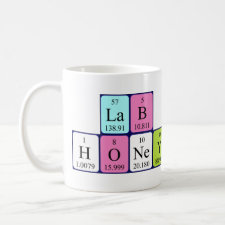
Authors: Zaidi SA, Cheong WJ
Article Title: Robust open tubular layer of S-ketoprofen imprinted polymer for chiral LC separation.
Publication date: 2008
Journal: Journal of Separation Science
Volume: 31
Issue: (16-17)
Page numbers: 2962-2970.
DOI: 10.1002/jssc.200800160
Abstract: This study is about the preparation of an open tubular capillary column of molecularly imprinted polymer (MIP) and its application to chiral separation by muLC. A non-covalent in-situ molecular imprinting polymerization protocol was used to synthesize the S-ketoprofen MIP. A special procedure was employed to secure formation of an open tubular and rigid MIP layer in a silica capillary of 100 mum id. The capillary was filled with the reaction mixture, sealed, and placed in a water bath at 50°C for 3 h. Then it was flushed with a 0.5 MPa nitrogen flow for 5 min, and was again placed in the water bath for 2 h to complete MIP formation. Methacrylic acid (MAA) has been known to be an inefficient functional monomer in preparation of MIP of an acid molecule. However, MAA was used with ethylene glycol dimethacrylate in preparation of the S-ketoprofen MIP in this study. The open tubular structure and the muLC mode of separation enabled free optimization without any restriction, thus a very good resolution (R = 4.7) of ketoprofen enantiomers was achieved when a mobile phase composed of 30% acetonitrile and 70% acetate buffer at pH 4.5 was used with 5 mbar inlet pressure. This may be partially attributed to the open tubular structure of our MIP, enabling low column back-pressure and free optimization of eluent composition, as well as to the small capillary dimensions. Our MIP capillary column also showed some versatility in chiral separation, thus a good chiral separation was observed for naproxen, ibuprofen, and fenoprofen enantiomers
Template and target information: S-ketoprofen
Author keywords: chiral separation, μLC, Open tubular MIP layer, Silica capillary, S-Ketoprofen



Join the Society for Molecular Imprinting

New items RSS feed
Sign-up for e-mail updates:
Choose between receiving an occasional newsletter or more frequent e-mail alerts.
Click here to go to the sign-up page.
Is your name elemental or peptidic? Enter your name and find out by clicking either of the buttons below!
Other products you may like:
 MIPdatabase
MIPdatabase









